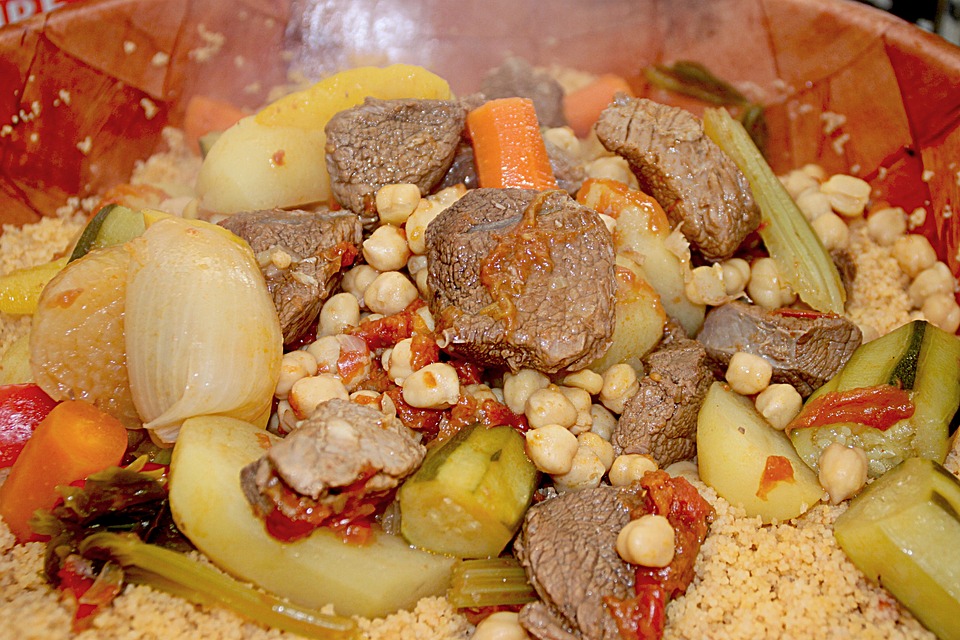When a Muscle Contracts: Understanding the Role of Muscle Fibers
Muscles are responsible for the movement of our body. Whether we want to lift weights or run a marathon, it is our muscles that enable us to do so. But have you ever wondered what happens inside the muscle when we flex or contract it? In this article, we will take a closer look at the role of muscle fibers in muscle contraction.
Muscle fibers are the individual cells that make up a muscle. Each muscle fiber contains numerous myofibrils, which are long, thin strands that are responsible for contracting the muscle. The myofibrils are made up of two types of protein filaments: actin and myosin.
When a muscle contracts, each individual fiber shortens in length. This happens because the actin filaments slide over the myosin filaments, causing the muscle to contract. This process is called cross-bridge formation. The myosin filaments attach to the actin filaments and then pull them towards the center of the muscle fiber. This results in the shortening of the muscle fiber, which in turn causes the overall muscle to contract.
The speed and strength of muscle contraction depend on a number of factors, including the number of muscle fibers involved in the contraction and the type of muscle fibers that are involved. There are two types of muscle fibers: slow-twitch (Type I) and fast-twitch (Type II).
Slow-twitch muscle fibers are used for endurance activities, such as long-distance running. They contract slowly and are resistant to fatigue. Fast-twitch muscle fibers, on the other hand, are used for explosive activities, such as sprinting or weightlifting. They contract quickly and are more prone to fatigue.
In general, the muscles in our body are a mixture of slow-twitch and fast-twitch fibers. The ratio of these fibers differs depending on the function of the muscle. For example, the muscles used in running are more likely to be composed of slow-twitch fibers, while the muscles used in weightlifting are more likely to be composed of fast-twitch fibers.
In conclusion, muscle contraction is a complex process that involves the interaction of numerous myofibrils within individual muscle fibers. Understanding the role of muscle fibers in muscle contraction can help us better appreciate the complexity of our body`s movements and the incredible feats that we are capable of achieving.

